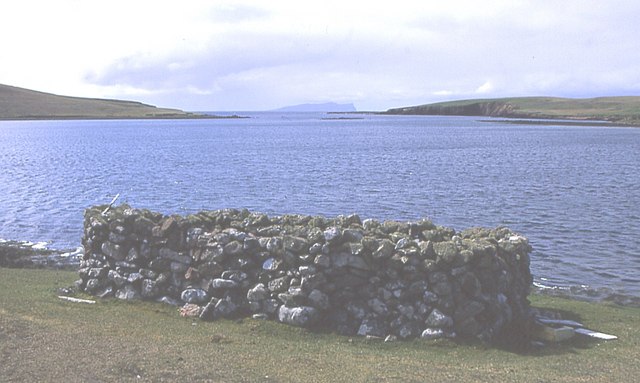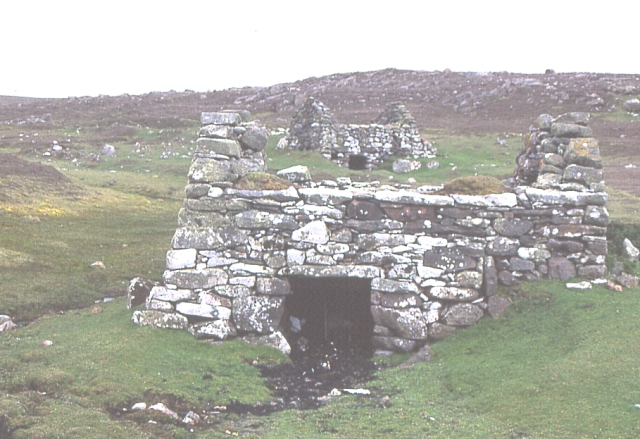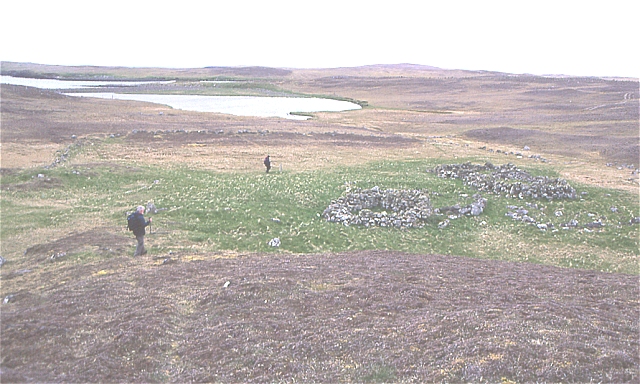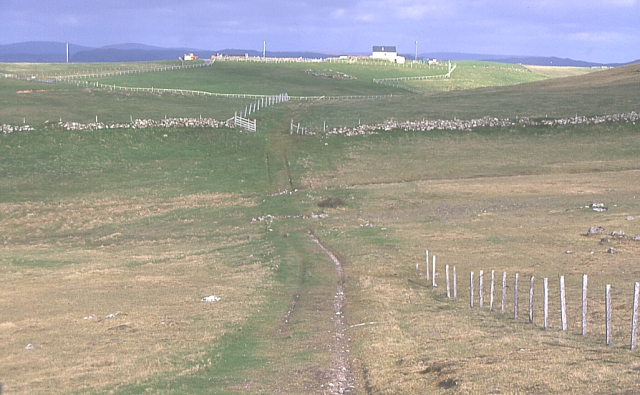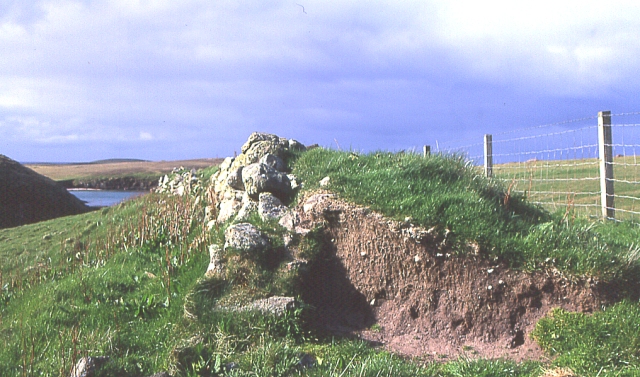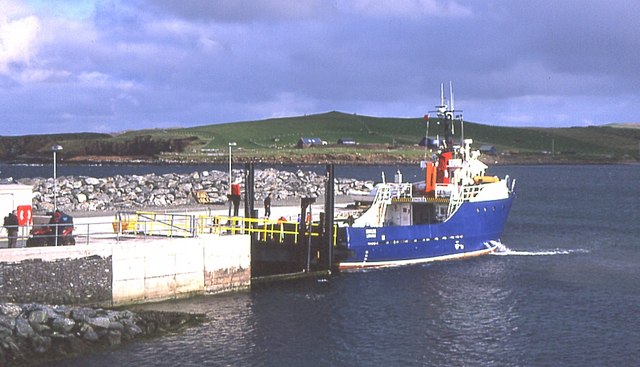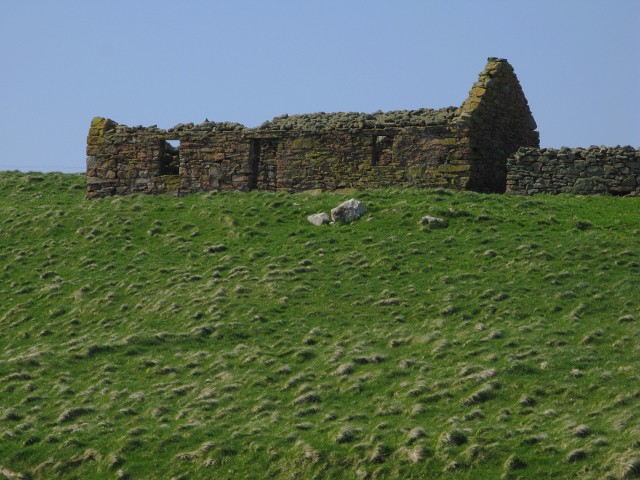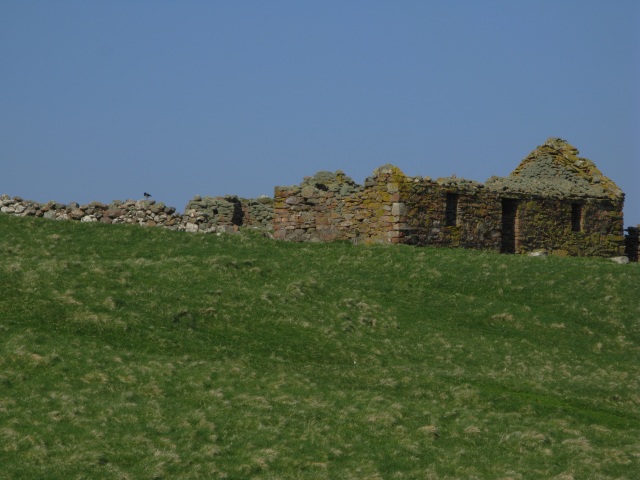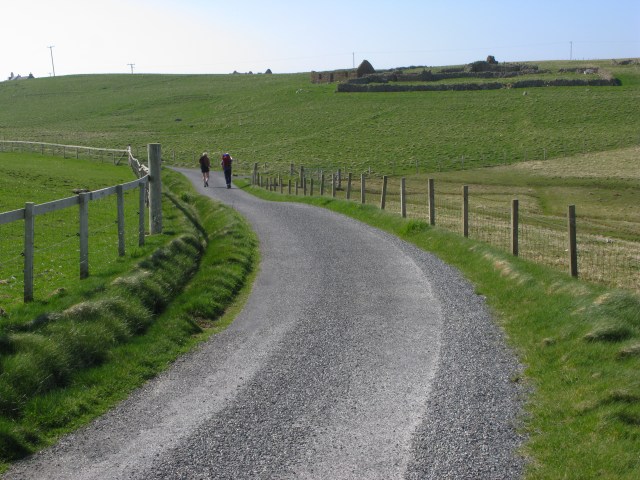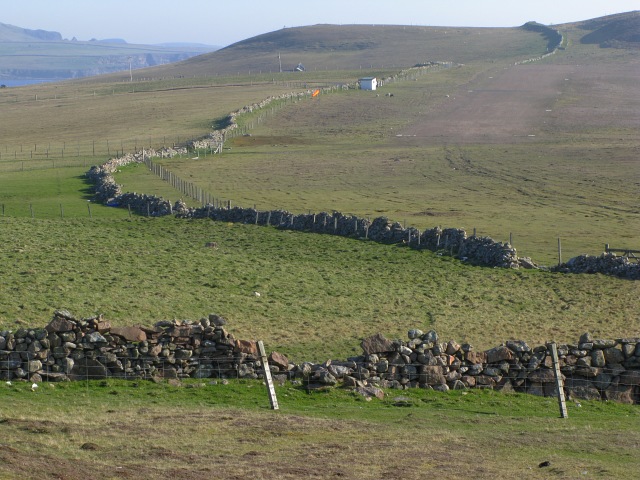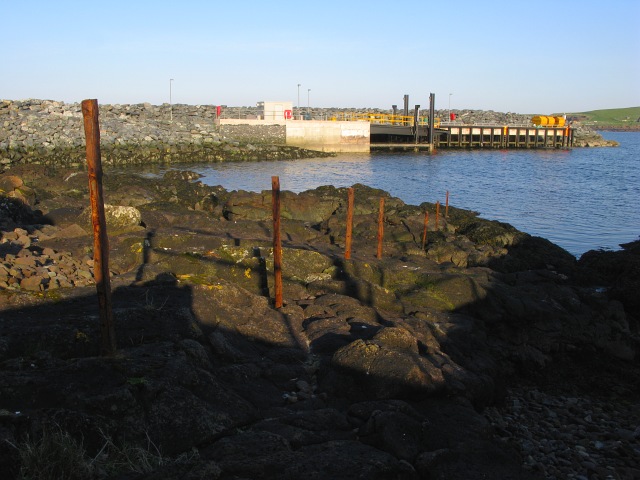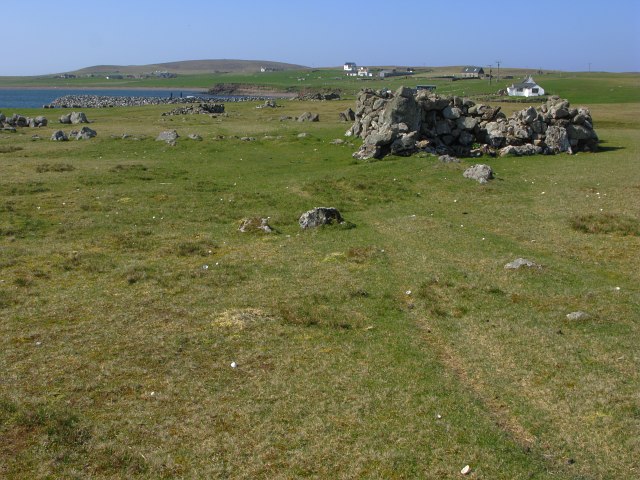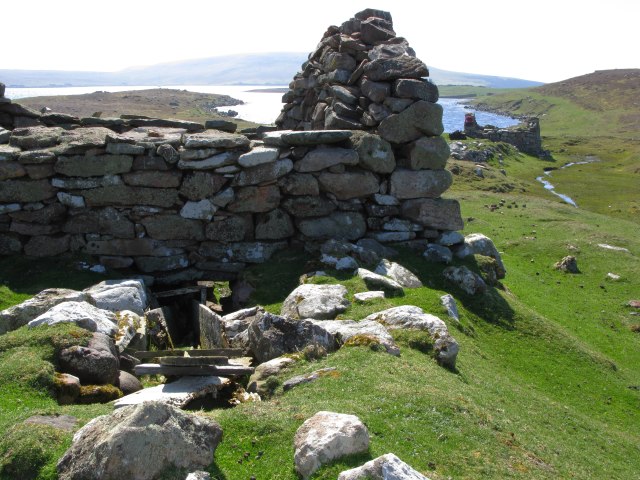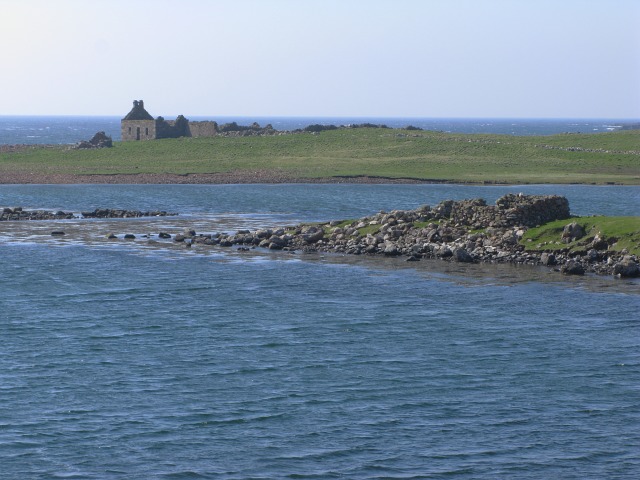Tussleby Sand
Beach in Shetland
Scotland
Tussleby Sand
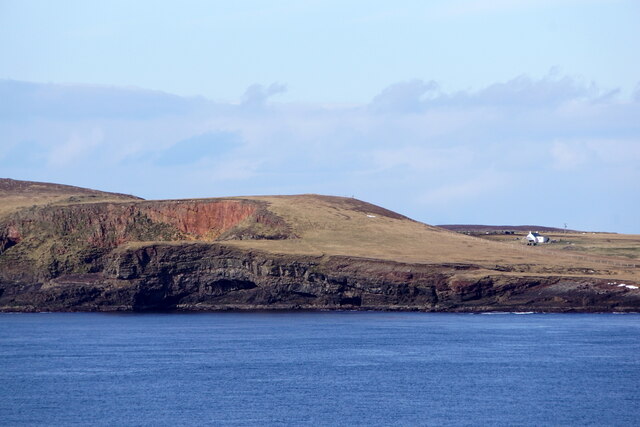
Tussleby Sand is a picturesque beach located on the east coast of Shetland, an archipelago in Scotland. Situated about 5 miles south of the town of Lerwick, it is renowned for its stunning natural beauty and tranquil atmosphere. The beach stretches for approximately half a mile, boasting golden sands and crystal-clear turquoise waters that are often calm and inviting.
Tussleby Sand is nestled in a small bay, surrounded by rugged cliffs that provide a stunning backdrop to the beach. The area is rich in wildlife, with numerous species of seabirds, including puffins, gannets, and fulmars, making it a popular spot for birdwatching enthusiasts. Seals can also be spotted basking on the rocks or swimming in the shallows.
Visitors to Tussleby Sand can enjoy a range of activities, such as swimming, sunbathing, and picnicking on the sandy shore. The beach is relatively secluded, making it a peaceful and serene spot to unwind and soak up the natural surroundings. It is also a favorite spot for beachcombing, as the tides often reveal beautiful seashells, driftwood, and other treasures.
Access to Tussleby Sand is relatively easy, with a car park located nearby and a short walk down to the beach. The area is well-maintained and clean, with public facilities available, including toilets and bins for waste disposal. Tussleby Sand is an idyllic destination for those seeking a tranquil beach experience amidst the breathtaking landscapes of Shetland.
If you have any feedback on the listing, please let us know in the comments section below.
Tussleby Sand Images
Images are sourced within 2km of 60.320123/-1.6838186 or Grid Reference HU1759. Thanks to Geograph Open Source API. All images are credited.
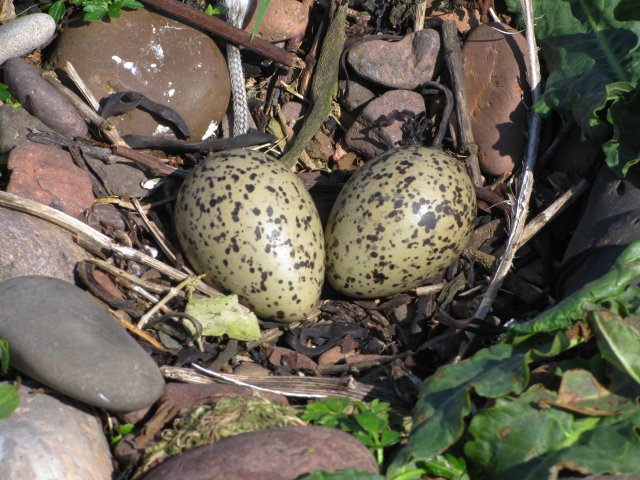
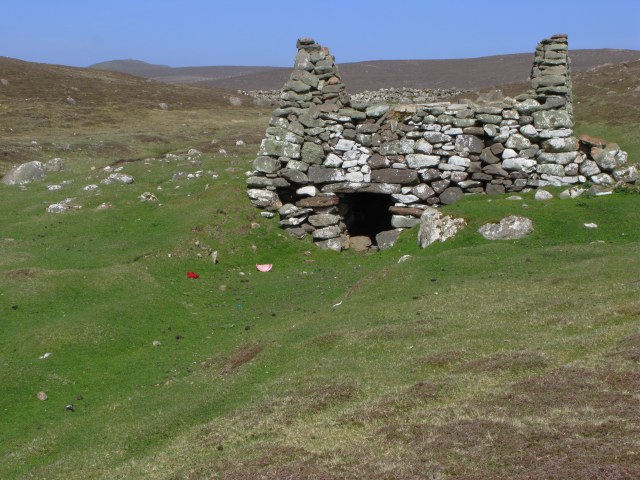
Tussleby Sand is located at Grid Ref: HU1759 (Lat: 60.320123, Lng: -1.6838186)
Unitary Authority: Shetland Islands
Police Authority: Highlands and Islands
What 3 Words
///glows.meanings.shipwreck. Near Walls, Shetland Islands
Nearby Locations
Related Wikis
Biggings
Biggings is a village on the island of Papa Stour, in Shetland, Scotland. Papa Stour's church is situated at the south of Biggings. A homestead of Duke...
Papa Stour Airstrip
Papa Stour Airstrip is a small airstrip in the village of Biggings on the island of Papa Stour. Shetland, Scotland. == History == Papa Stour Airstrip opened...
Forewick Holm
Forewick Holm is a 1-hectare (2.5-acre) island in the Sound of Papa in the Shetland islands, Scotland. Located between Papa Stour and the Sandness peninsula...
Brei Holm
Brei Holm is a tiny tidal islet in the western Shetland Islands. It is due east of Papa Stour, to which it is connected at low tide, just outside Housa...
Nearby Amenities
Located within 500m of 60.320123,-1.6838186Have you been to Tussleby Sand?
Leave your review of Tussleby Sand below (or comments, questions and feedback).
